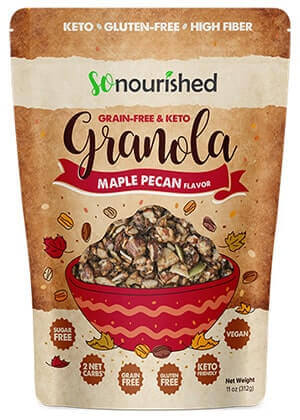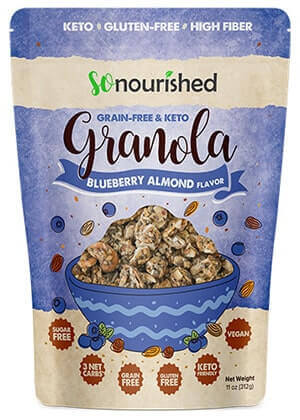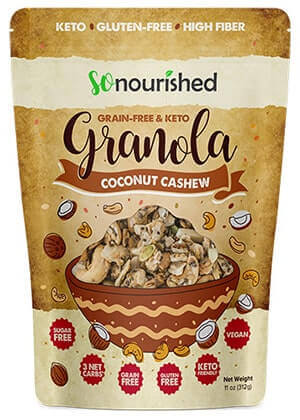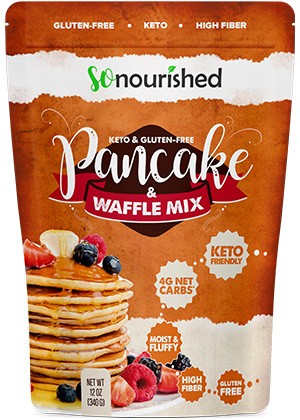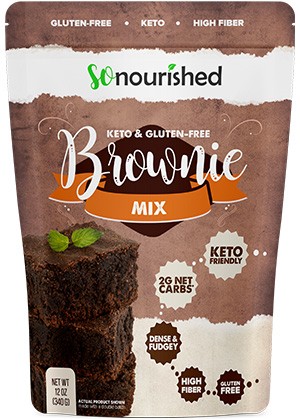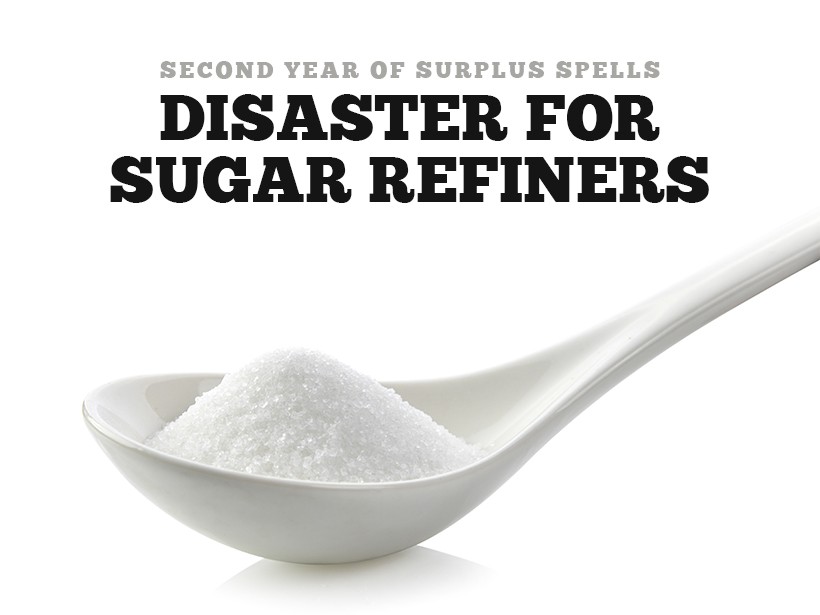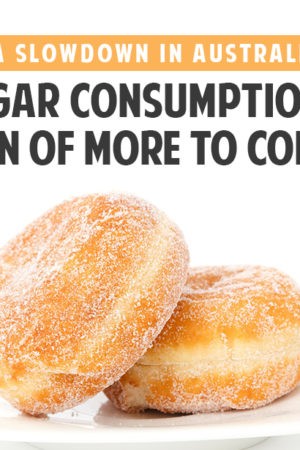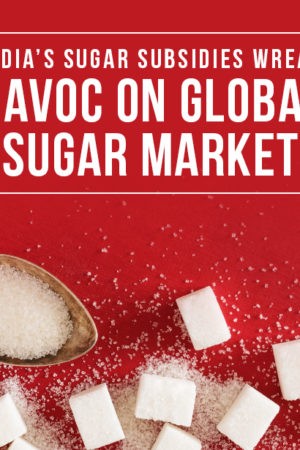The global sugar surplus is heading into its second year, and producers at every level have been left struggling to refine and sell millions of extra metric tons of the stuff. As farmers in India, a contender for the world’s largest producer, have continued to grow record sugar cane crops (thanks in part to the incentives offered by artificially high prices and government subsidies designed to weaken the immediate blow of the surplus), corporate refiners and other farmers around the world have struggled to keep their businesses profitable in the face of weak global demand.
In an industry dominated by massive corporate refiners, keeping afloat means fighting record-low prices that threaten their survival.
A bad year for refiners
According to Jamal Al Ghurair, director of the Dubai sugar refinery Al Khaleej Sugar, “2018 was not a happy year” for sugar refiners around the world. Al Khaleej, the world’s largest port-based refinery, only just recently reopened for production after a two-month shutdown, which Al Ghurair says was a result of Indian exports flooding the regional market.
“With this much, we are already in trouble,” said Al Ghurair of the one million tons exported since October. What he really fears, however, are the large stockpiles created by the surplus, waiting to further flood the market. “Indian sugar has not come out so far, it’s going to come out later, that’s the worst part.”1
In addition to subsidies, the Indian government has raised the price floor on sugar in an effort to encourage sugar mills (who process sugar cane into raw sugar) to pay back farmers more quickly.2 According to the Indian government, the price increase will not affect the cost of sugar for consumers. It will, however, hit bulk buyers: soda and candy makers, and other major food industry players will have to pay more, and may, in turn, raise the prices on the cheapest, most sugar-laden foods.
An industry in flux
The real problem is clear-cut: global sugar supplies, encouraged by subsidies and fortunate growing seasons, are outweighing global demand for the second year running. Especially in high-consuming countries, where widespread obesity crises have begun to spur large health campaigns and regulatory responses from governments fearing a public health catastrophe, growth in sugar consumption has slowed to a halt.3 Likewise, the rate of increase in global consumption each year has begun to decline, offering a glimmer of hope that countries around the world are slowly working their way out of the clutches of the sugar industry. One thing’s for sure: the global obesity epidemic demands this kind of determined shift away from the unnatural amount of sugar in our everyday diets.
NUTRITIONAL DISCLAIMER
The content on this website should not be taken as medical advice and you should ALWAYS consult with your doctor before starting any diet or exercise program. We provide nutritional data for our recipes as a courtesy to our readers. We use Total Keto Diet app software to calculate the nutrition and we remove fiber and sugar alcohols, like erythritol, from the total carbohydrate count to get to the net carb count, as they do not affect your blood glucose levels. You should independently calculate nutritional information on your own and not rely on our data. The website or content herein is not intended to cure, prevent, diagnose or treat any disease. This website shall not be liable for adverse reactions or any other outcome resulting from the use of recipes or recommendations on the Website or actions you take as a result. Any action you take is strictly at your own risk.
- California Pushes for Cigarette-Like Warning Labels on Soda - July 1, 2019
- Is a Slowdown in Australia's Sugar Consumption a Sign of More to Come? - June 24, 2019
- Groundbreaking Study Says the Sugar Rush Doesn't Exist - June 12, 2019


